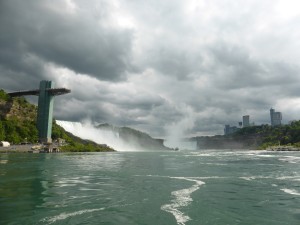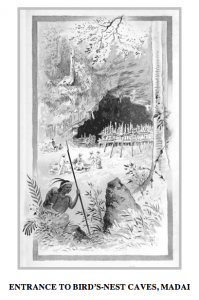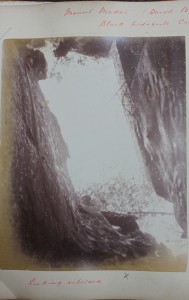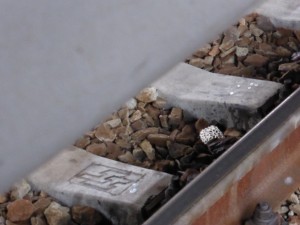Reaching the end of my tour through Australia I have come from Darwin to Cairns, through Adelaide, Melbourne and Sydney. Taking in the coast of Queensland I passed Annie in Brisbane, through the beautiful Whitsundays and up to Townsville were I spent longer than necessary due to hurricane Ita.
“Monday, August 8th – Weighed anchor at daybreak, and were pushed merrily forward by strong SE breezes. We sailed swiftly up the coast as far as Townsville – a pretty looking town of foreign appearance, with its wharves and business houses close down on the beach, whilst the villas and private residences stand on the little nooks and corners of a hill at the back. The officers of HMS ‘Myrmidon’, which was lying in harbour, soon came on board to see us. They had broken their rudder head outside the Barrier Reef, where they too were hard at work surveying, and had come into Townsville for repairs. The anchorage proved rolly, there being no protection whatsoever, and I had rather an uncomfortable night.” (Annie Brassey, 1887)
I didn’t make it as far north as I’d hoped. Cairns was as far as I got. Thursday Island and the Torres Straits had been my goal. It was always a long shot. Difficult and expensive flights and time constraints made this ultimately impossible. My reason for such plans a result of Thursday Island being the last place Annie set foot. While Darwin was the last place the Sunbeam docked, Thursday Island was the last place she visited.
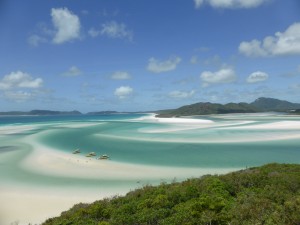
Whitehaven Beach, Whitsundays, Queensland (Louise Kenward, 2015)
Replicating some of Annie’s photographs from East Australia to create postcards, the displays of work in progress has broadened. Our journeys becoming more entwined. I veer in and out of time frames, perspective shifts. The object from the archives only serves to create a greater sense of unreality and fantasty. Enter ‘Spike’ the platypus. Named Spike for his poisonous sharp protrusions on his rear feet for fending off attackers. Witnessing these in the wild near to Cairns I recall being hypnotised by this other world of make believe creatures. Swimming, diving and feeding, dozens of platypus having their supper.

Spike the platypus, Bexhill Museum (Louise Kenward, 2015)
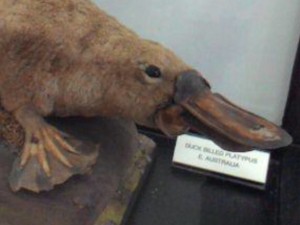
Spike the platypus, Bexhill Museum (Louise Kenward, 2015)
“After landing and taking a walk through Townsville, the shore going people pronounced it to be quite as clean looking and prosperous as Bowen, but with more business going on. The town which has a population of 12,000 is built on a tongue of land between the sea and Ross Creek. It consists of one main street containing banks, public offices, counting houses, and well supplied stores and shops. The bustle in the streets and the flourishing and prosperous appearance everywhere were quite cheering. Townsville owes it’s prosperity to its railway, which is already opened to a distance of two hundred miles into the interior, and which has made it the port for a wide area of pastoral country and for several promising gold fields.” (Annie Brassey, 1887)

Post Office, Townsville (Louise Kenward, 2014)
The railway station has since moved and extended but remains vulnerable as heavy rains washed away track, leaving me stranded. Roads eventually cleared of flood water and the bus was my means of escape, north to Cairns.

Old train station, Townsville (Louise Kenward, 2014)

